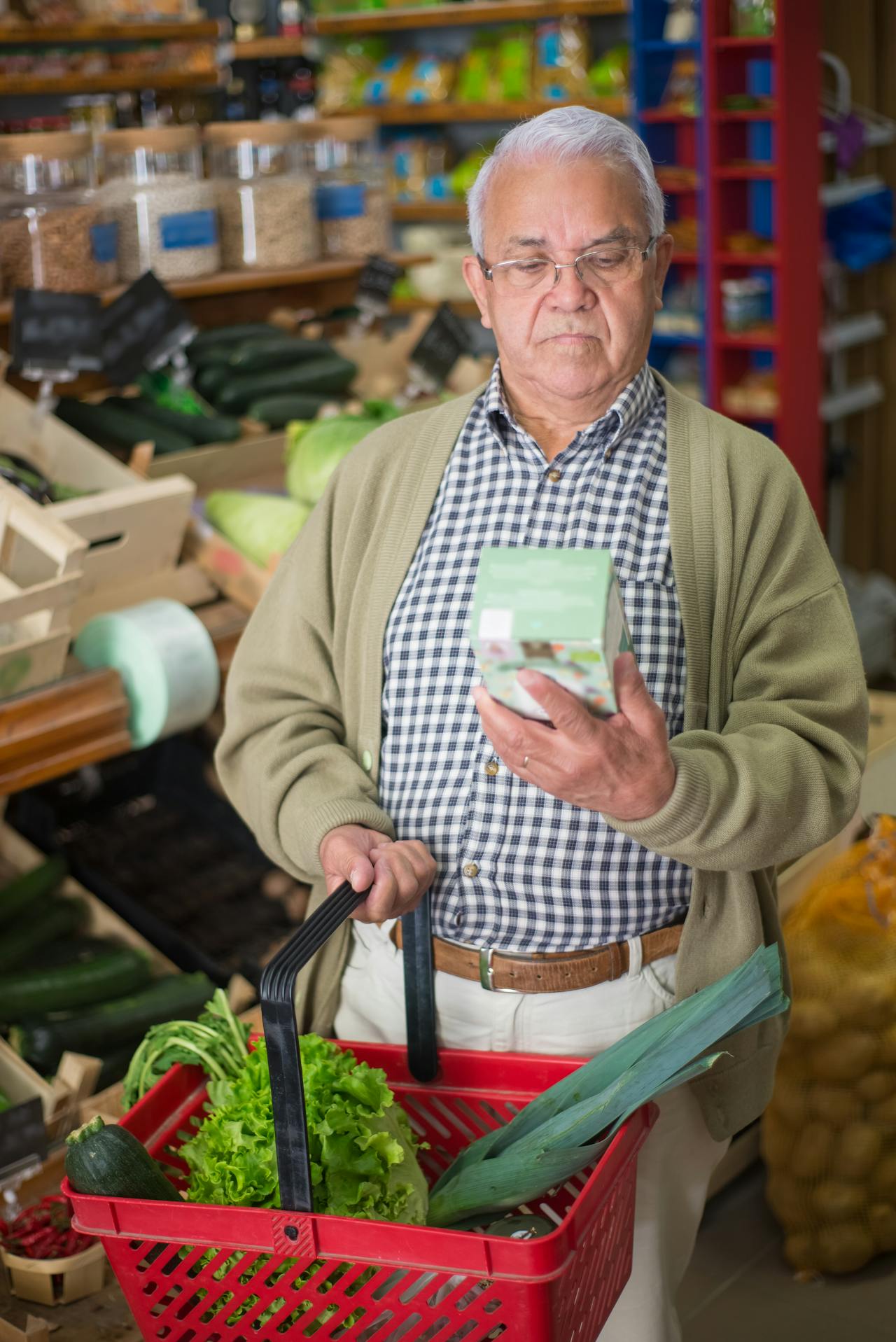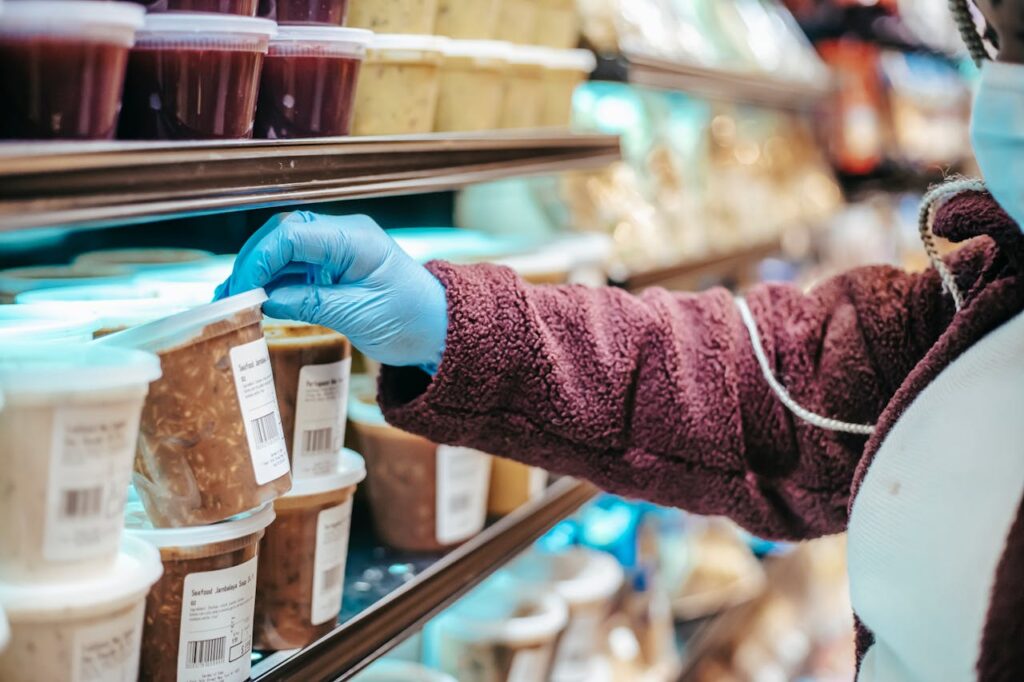
Body + Mind is reader-supported. We may earn an affiliate commission when you buy through some of the links on our site.
As someone who has been on a journey to better health, I know how challenging it can be to avoid gluten, especially when it seems to lurk in the most unexpected places. Unfortunately, it’s not as simple as just looking for “gluten-free” products. I had to turn into a label detective, but I learned a lot along the way, and you can too.

Gluten is a type of protein found in wheat, barley and rye. For people like me with celiac disease or gluten intolerance, even small amounts can cause issues. When I was diagnosed, I wasn’t too worried. I thought I’d be fine just picking out foods from the gluten-free aisle.
After all, the FDA requires any food labeled as gluten-free to have under 20 parts per million of this protein, so you can be reasonably confident in those, right? Not quite. For a start, there is some debate over whether the 20 parts per million rule is strict enough for those with the worst sensitivity.
Secondly, there is no guarantee that foods labeled as gluten-free have not come into contact with other gluten-containing foods during the manufacturing process. This kind of cross-contact can easily happen when different foods are produced via the same facilities or machinery. So relying solely on certifications isn’t enough.
In the first few months after my diagnosis, I couldn’t understand why my bloating and brain fog weren’t getting much better. That’s when I realized I was still consuming this harmful protein from some unexpected sources. I had to learn how to find hidden gluten in food labels to figure out where I was going wrong.
Manufacturers are legally required to list each ingredient on product labels, but it’s not always obvious which ingredients are problematic and which aren’t. Here’s what I learned about where gluten hides.
Some of the less obvious sources include:
All this may sound alarming, but take heart. One thing I’ve learned on my journey is how creative manufacturers can be at finding gluten-free alternatives. I’m a pizza fiend, and I was originally dismayed that my go-to comfort food was going to be off the menu.
However, I’ve found pizza with crusts made from almonds, potatoes or even bean flour — if you look carefully, you’ll find what you need.
Not all thickeners, flavorings and seasonings contain harmful ingredients — you just can’t always be sure that they don’t. Your best bet is to avoid those foods if you can, or to check directly with the manufacturer.

When you’re shopping, choose gluten-free certification if possible, but don’t stop there. Scan for red flag ingredients like those in the list above, and look out for modified food starch, seitan or hydrolyzed protein. Check for cross-contamination warnings such as “may contain wheat,” and be wary of vague terms, like “natural flavors,” which can come from barley.
If you systematically read labels like this, you will significantly cut your risk of ingesting hidden gluten. It can help you limit and control your symptoms.

I know it can feel overwhelming, but it gets faster and easier with practice, and it’s worth it for your health. Here’s how I made it feel a bit more manageable when I was still getting used to the process.
Learning how to find hidden gluten in food labels has been a game-changer for me. While it took time and I had to learn from mistakes, I now feel empowered to make safer choices and avoid foods that will trigger my symptoms.
If you’re just starting out, remember that label reading gets easier with practice, and you are not alone — many of us have faced the same challenges. Stay curious and keep asking questions. Your efforts will pay off in better health and peace of mind.
Your email address will only be used to send you our newsletter, and at any time you may unsubscribe. For more information, see our Privacy Policy.